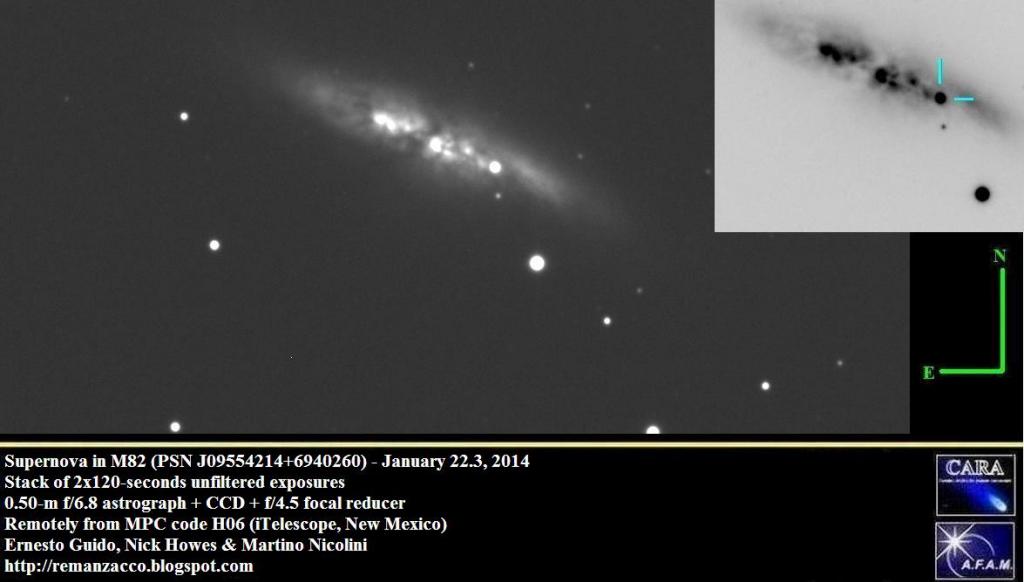
Jan 24
Star Gazing
Photo by Dan Brandon.
Come enjoy the night sky from right here in Edwardsville! The SIUE Astronomy Viewing Sessions are open to the public on even-dated Tuesdays after sunset at the William C. Shaw Skylab on the north edge of campus.
Winter/Spring 2014
Our first session for the spring semester will be January 28th at 7pm, weather dependent. Please call 618-650-1013 after 6pm on that date to see if we are still on!
The spring semester sessions are being hosted by Dr. Nicole Gugliucci, postdoctoral fellow with the SIUE STEM Center. Please call 618-650-1013 after 6pm on the day of the session to see if we are open, as bad weather and other schedule conflicts may occur. Our start time will be changing with the season, so see calendar below for times we are open.
Spring 2014 Dates and Times!
January 28th, 7pm
February 4th, 7pm
February 18th, 7pm
March 4th, 7pm
March 18th, 8pm
April 8th, 8:30pm
April 22nd, 8:30pm
May 6th, 9pm
Click for directions STEM Ideas | Star Gazing.
Jan 23
Supernova Alert! | CosmoQuest Blog
TL;DR: A white dwarf supernova was just discovered in the nearby starburst galaxy M82. Details are still coming in, but this will be an excellent chance to study this type of system up-close, plus it may come within visual range of your backyard telescope. And here it is, courtesy of @NickAstronomer
Okay, NOW I’m awake. A longtime source of news about transient phenomena in the sky, the Astronomer’s Telegram, now has a Twitter account which posted this brief by Cao, et al. I’ll quote some important bits:
At UT 2014 Jan 22.305, we obtained a spectrum of PSN_J09554214+6940260 (discoverer: S. J. Fossey) … We classify this as a Type Ia supernova … The best superfit match is SN2002bo at -14d… Panchromatic follow-up is encouraged.
Okay, let’s break this down a bit. First of all, our long-monikered supernova has been given the spectral classification of Type 1a. Generally this means that the spectrum doesn’t show hydrogen but does show ionized silicon early on. What that really means is that the supernova occurred as the result of a white dwarf in a binary system taking on way too much material and blowing itself apart. This is different from a core-collapse supernova, in which a massive star runs out of nuclear fuel and blows itself apart.
Type 1a supernovae have distinguished themselves as standard candles in astronomy. That means the luminosity of these explosions is well known and can be figured out from measuring the light curve, or brightness with time. Get the actual luminosity of the supernova, and you can measure its distance. This makes such supernovae important in the “distance ladder” of astronomy; and they were key in the discovery of the accelerating expansion of the Universe due to dark energy.



